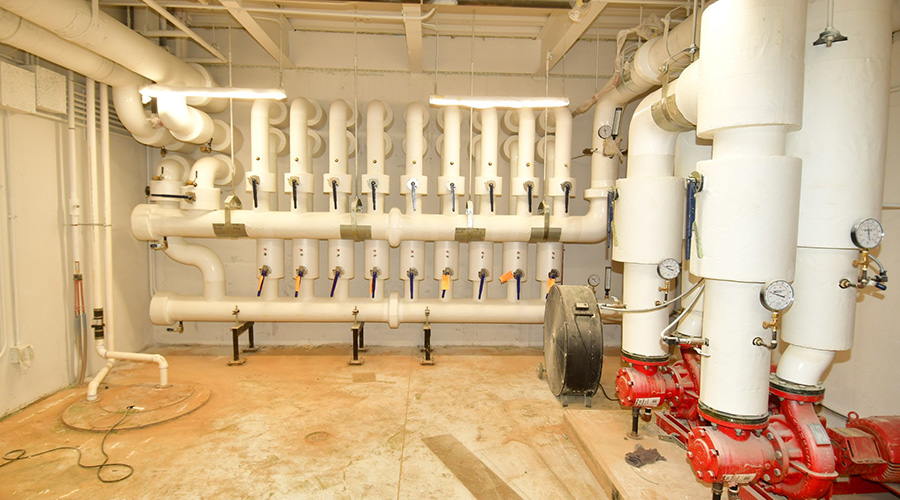Advanced Data-Logger Technology Improves Productivity
Measuring the performance of energy-using equipment over time is the only way maintenance and engineering managers can verify whether a piece of equipment or system performs optimally. Portable data loggers enable front-line technicians to locate costly building-operation problems quickly, and the units expand the department’s preventive maintenance (PM) program to include preventive operation tasks. Data loggers also can provide assurances equipment and other resources are operating as expected.
Managers up to date on advances in data-logger technology can help technicians more efficiently detect energy waste in equipment, including unnecessary equipment operation, inefficient chiller load, and equipment short-cycling. Beyond that, results from problems uncovered by data loggers can help managers make better decisions when scheduling technician activities and specifying key products.
Technology Comes of Age
For decades, analog ink-pen-strip or circular chart recorders logged equipment variables, such as temperature, steam pressure, pounds of steam per hour, volts, amps, and air pressure. Some units had digital readouts and integrators that provided cumulative consumption data.
In addition to providing digital readouts for more accurate measurements, the current generation of electronic data loggers offers expanded capabilities, including links to personal digital assistants (PDAs), tablet PCs and fixed computer networks. Through linked applications, such as spreadsheets and databases, technicians can analyze and evaluate large amounts of data instantly and summarize it into a useful, actionable form.
With wireless capability, data loggers do not need a hard-wired connection to the database, since they can transmit data using a standard wireless protocol. With the proliferation of Web applications, data loggers can provide live, real-time updates to an interactive Web page so many locations with only internet access can see the summarized and charted data simultaneously. The results of these advances include better and faster decisions, greater productivity, and less waste.
Communication between sensing instruments and data loggers also has improved. Standard protocols allow organizations to connect instruments to many varieties of data loggers. Examples of protocols include SDI-12, which applies mainly to environmental applications, and MODBUS for industrial controls, such as programmable logic controllers.
Also, flexible scripting enables technicians to adapt instruments to data loggers using non-standard protocols.
Related Topics:













